Nature reports
Publisher: Naturalis Biodiversity Center
Page 1 of 10 - 96 Results
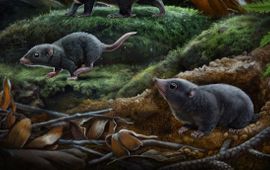
For a long time, we didn’t know, but now they must finally show their true colors: early mammals had dark brown fur. This discovery was made by an international team of researchers, including Liliana D’alba from Naturalis..
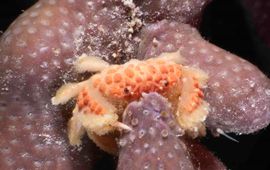
Divers in the Caribbean Sea are increasingly encountering coral branches with missing tips. For a long time, it was unclear who or what was responsible for this unusual phenomenon. Until now: the disappearance of the tips appears..

The Dutch contributing partners of the international MiningImpact3 consortium have been awarded 1.4 million euros. The money will be used to study the long-term ecological impacts of deep-sea mining, as well as the legal and..
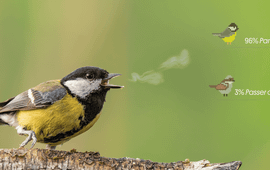
A birdsong recognition AI algorithm is now running live online in Xeno-canto, the world's largest open access collection of animal sounds. When 'mystery' bird recordings from anywhere in Europe are uploaded, the algorithm –..
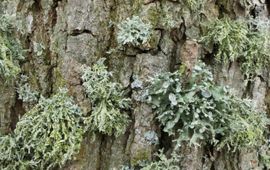
The heat gradient in urban areas has affected the biodiversity of plants and animals. Yet, how it affects the hidden urban biodiversity, such as bacteria in soil and lichens, is still virtually unknown. This new study shows that..
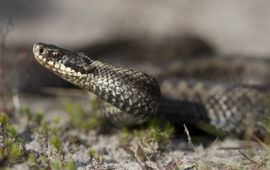
A 3D model of imitation blood vessels will make it possible to see exactly how snake venom attacks blood vessels, without having to use laboratory animals. This new research model, called an organ-on-a-chip, was developed by a..
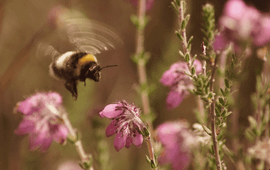
The Dutch landscape is losing plant species that rely on pollination by insects, while plants pollinated by wind are proportionally increasing. Leiden environmental scientist Kaixuan Pan demonstrates this after analysing 87 years..

Data gaps make it challenging to understand ecology, distribution, and conservation needs of wild bees in Europe. BeeFall compiles ecological data to map distribution, variation, trends, and interactions. It allows citizen..
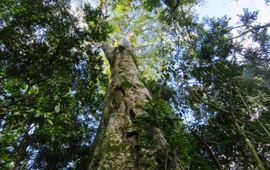
Tropical rainforests hold a wealth of biodiversity, but are globally approaching a critical point. The drastic decline is happening faster than expected, concludes an international research team. The team includes biologist Hans..
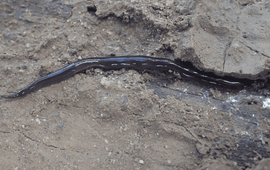
During the relay expedition of Naturalis and STINAPA on Bonaire, the invasive New Guinea flatworm was found in two places. That’s bad news, because it has been listed among the top 100 of the world’s worst invasive alien species..
